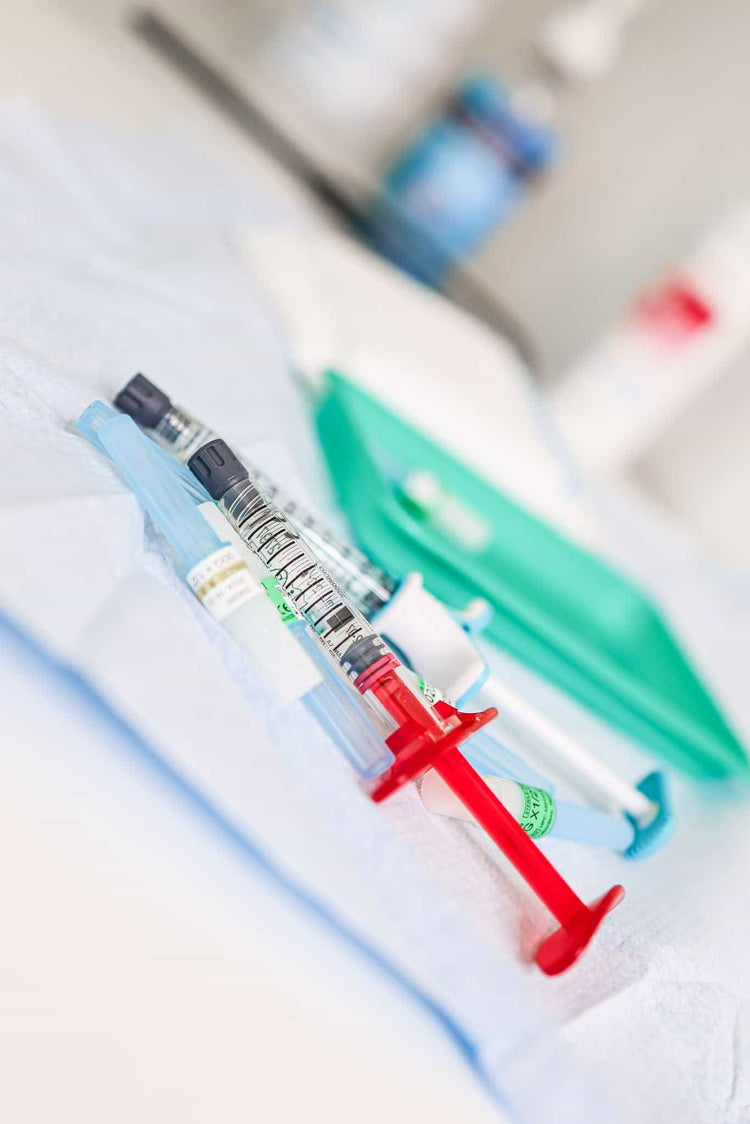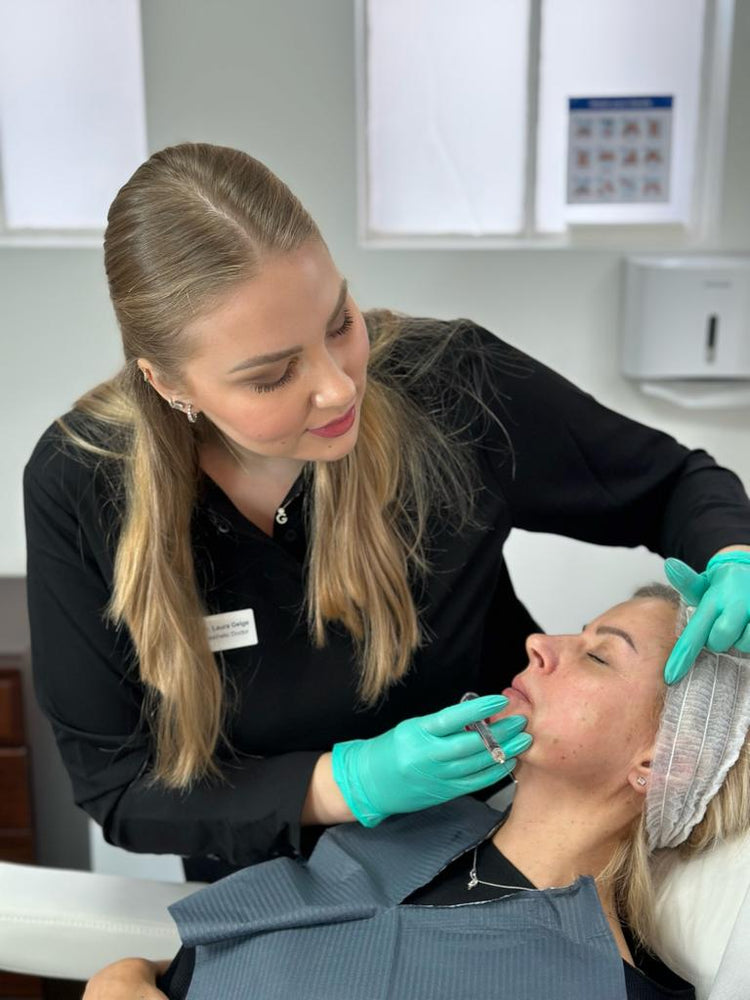Potential Side Effects
Like all medical procedures, treatment with marionette line fillers carries potential side effects. While many individuals experience positive results, it’s essential to understand the possible risks associated with this procedure before making a decision.
Local Reactions
Potential side effects from marionette line fillers can range from mild to more severe. Common local reactions include redness, swelling, bruising, and tenderness at the injection site. These symptoms are usually temporary and subside within a few days.
Less common side effects may include infection, allergic reaction, or asymmetry in treated areas. It’s important to consult with a qualified medical professional experienced in dermal fillers to minimize the risk of complications. They can assess your individual needs and ensure proper administration of the filler.
Infection Risk
Infection is always a potential risk associated with any procedure that involves needles or punctures in the skin.

With marionette line fillers, the risk of infection is relatively low when administered by a qualified and experienced practitioner who follows strict sterile techniques.
However, it’s still important to follow your healthcare provider’s instructions regarding post-procedure care to minimize the chances of infection. This may include keeping the injection site clean, avoiding touching or rubbing the area, and reporting any signs of infection such as redness, swelling, pain, or discharge.
Allergic Reactions
Allergic reactions to marionette line fillers are possible, although they are relatively rare.
If you have a history of allergic reactions to medications or other substances, it’s crucial to inform your medical professional before undergoing treatment. They can assess your risk and take appropriate precautions.
Asymmetry
Potential side effects from marionette line fillers can range from mild to more severe. Common local reactions include redness, swelling, bruising, and tenderness at the injection site. These symptoms are usually temporary and subside within a few days.
- Infection
- Allergic reaction
- Asymmetry in treated areas
Migration of Filler

Potential side effects from marionette line fillers can range from mild to more severe. Common local reactions include redness, swelling, bruising, and tenderness at the injection site. These symptoms are usually temporary and subside within a few days.
Less common side effects may include infection, allergic reaction, or asymmetry in treated areas.
Lumpiness
Potential side effects from marionette line fillers can range from mild to more severe. Common local reactions include redness, swelling, bruising, and tenderness at the injection site. These symptoms are usually temporary and subside within a few days.
Less common side effects may include infection, allergic reaction, or asymmetry in treated areas.
Vascular Occlusion
Vascular occlusion is a serious potential side effect of marionette line fillers. It occurs when the filler accidentally blocks blood flow to tissues. This can lead to tissue damage and even loss.
It’s crucial to have marionette line filler treatments performed by a highly experienced and qualified medical professional who understands the risks and how to minimize them.
Managing Side Effects
Like all medical procedures, treatment with marionette line fillers carries potential side effects. While many individuals experience positive results, it’s essential to understand the possible risks associated with this procedure before making a decision.
Aftercare Instructions
Potential side effects from marionette line fillers can range from mild to more severe. Common local reactions include redness, swelling, bruising, and tenderness at the injection site. These symptoms are usually temporary and subside within a few days.
Less common side effects may include infection, allergic reaction, or asymmetry in treated areas.
It’s important to consult with a qualified medical professional experienced in dermal fillers to minimize the risk of complications. They can assess your individual needs and ensure proper administration of the filler.
Infection is always a potential risk associated with any procedure that involves needles or punctures in the skin.
With marionette line fillers, the risk of infection is relatively low when administered by a qualified and experienced practitioner who follows strict sterile techniques.
However, it’s still important to follow your healthcare provider’s instructions regarding post-procedure care to minimize the chances of infection. This may include keeping the injection site clean, avoiding touching or rubbing the area, and reporting any signs of infection such as redness, swelling, pain, or discharge.
Allergic reactions to marionette line fillers are possible, although they are relatively rare.
If you have a history of allergic reactions to medications or other substances, it’s crucial to inform your medical professional before undergoing treatment. They can assess your risk and take appropriate precautions.
Addressing Minor Complications
Managing side effects is essential for a positive experience with marionette line fillers.
It’s important to understand that while most individuals enjoy the results, some may encounter minor complications. These are typically temporary and manageable with proper care.
If you experience redness, swelling, bruising, or tenderness at the injection site, these are common local reactions and usually subside within a few days.
Keeping the area clean and avoiding touching it can help with healing.
In the unlikely event of infection, allergic reaction, or asymmetry in treated areas, prompt communication with your healthcare provider is crucial.
They will provide guidance on appropriate treatment to address these complications.
Seeking Medical Attention
Managing side effects is essential for a positive experience with marionette line fillers. It’s important to understand that while most individuals enjoy the results, some may encounter minor complications. These are typically temporary and manageable with proper care.
If you experience redness, swelling, bruising, or tenderness at the injection site, these are common local reactions and usually subside within a few days. Keeping the area clean and avoiding touching it can help with healing.
In the unlikely event of infection, allergic reaction, or asymmetry in treated areas, prompt communication with your healthcare provider is crucial. They will provide guidance on appropriate treatment to address these complications.
Seeking medical attention is necessary if you experience severe or unusual side effects. These can include excessive pain, swelling, fever, difficulty breathing, or signs of infection such as redness, warmth, or discharge.
- Jaw Fillers For A Defined Jawline Near Cranleigh, Surrey - September 29, 2025
- How Long After Lip Filler Can I Use Sunbed - September 29, 2025
- Is There A Cream As Good As Botox? - September 28, 2025
